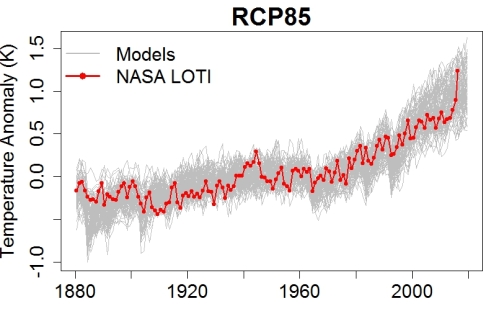I've watched thunderheads explode upward and they do it rather quickly. hmmmmmmmResidency time is in minuets to hours. It is dependent on speed of air circulation and cloud boundary height. Water vapor only releases its photons when the vapor re-nucleates and forms droplets.
This bullshit is soooooooo funny!
Evaporation to cloud formation only takes minutes to hours? Water vapour collects and holds photons until it condenses? Hahahaha.
Notice how he likes to put in terms like 'residency time' to act as if he knew what he was talking about? Sheer Cliff Clavin bafflegab. Hilarious!
What percentage of the water cycle is done by thunderstorms?
BTW, I agree with you. I think thunderstorms are an important air conditioner, especially in the tropics. They remove massive amounts or energy from the surface while increasing the local albedo. Many orders of magnitude more efficient than radiation. That is why ocean water seldom gets above ~30C.
